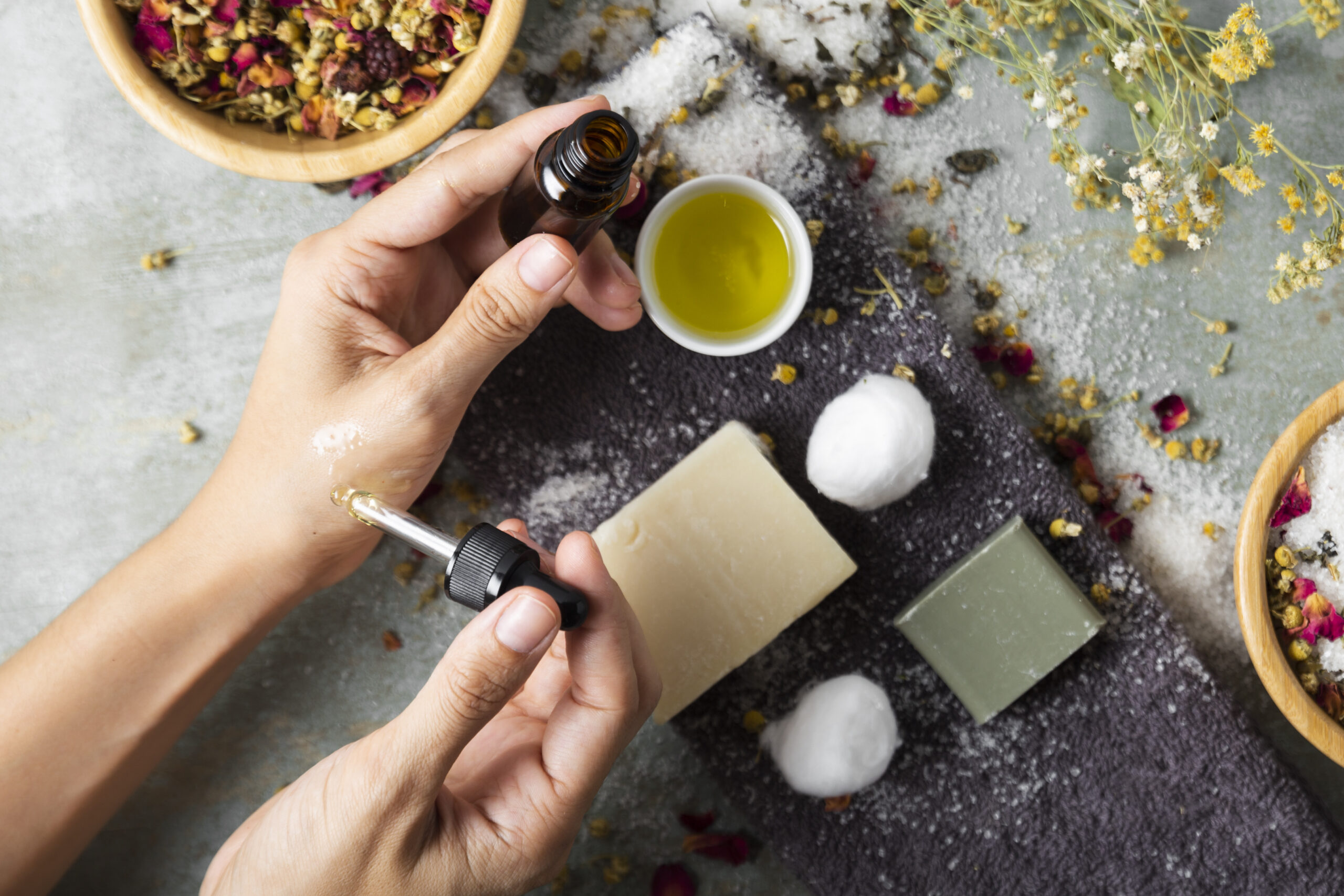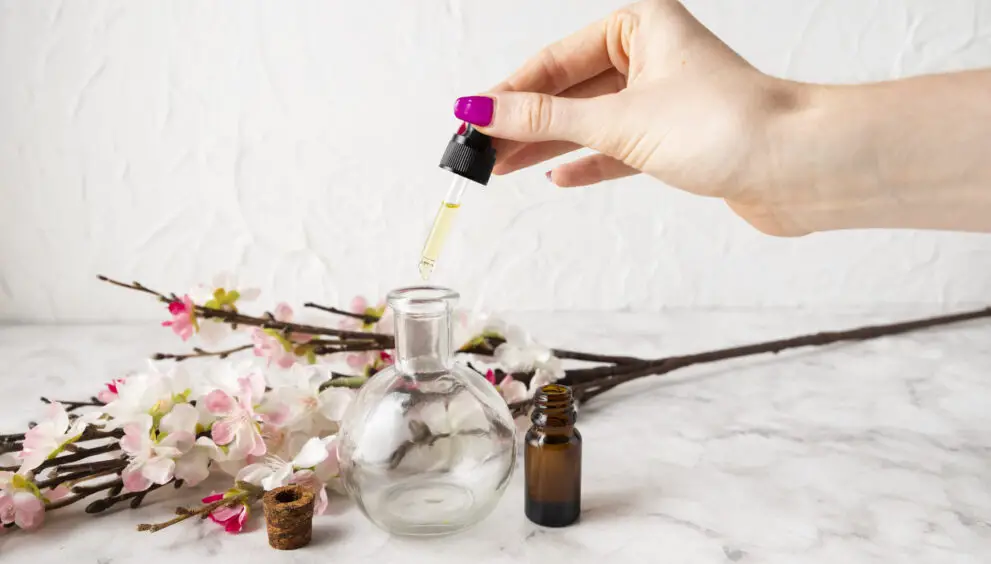Are you ready to delve into the art of distilling your own essential oils? Look no further! In this article, we will guide you through the fascinating process of how to distill essential oils.
By taking control of the distillation process, you can create high-quality, pure essential oils that elevate your aromatherapy experience to new heights.
If you’re eager to embark on this aromatic adventure, let’s get started!
Check out Clawhammer Supply’s comprehensive guide on how to distill essential oils for an in-depth, step-by-step tutorial.
Understanding Essential Oil Distillation
Essential oil distillation is a centuries-old technique that extracts the aromatic compounds from plants to create concentrated oils. The process involves heating plant material, capturing the resulting steam, and condensing it to obtain the precious essential oil. This method ensures that the therapeutic properties and distinctive scents of the plants are preserved in their purest form.
Key Equipment for Essential Oil Distillation
Before you begin your journey into the world of essential oil distillation, it’s essential to gather the necessary equipment. Here are the key items you’ll need
Distillation Apparatus
Invest in a high-quality distillation apparatus to ensure a successful distillation process. Clawhammer Supply offers a range of reliable and efficient distillation kits designed specifically for essential oil distillation.

Plant Material
Choose fresh, high-quality plant material for distillation. The type of plant you select will determine the aroma and therapeutic properties of the essential oil. Lavender, eucalyptus, peppermint, and citrus fruits are popular choices.
Water
Distillation requires water to create steam. Make sure you have a sufficient supply of clean, distilled water.
Heat Source
A heat source, such as a stove or electric hot plate, is required to generate steam during the distillation process. Ensure that you have a safe and reliable heat source.
The Step-by-Step Process of Distilling Essential Oils
Now that you have your equipment ready, it’s time to dive into the step-by-step process of how to distill essential oils
Preparation
Start by thoroughly cleaning your distillation apparatus to ensure optimal hygiene. Gather your chosen plant material and chop it into small pieces. This helps release the aromatic compounds during the distillation process.
Loading the Still
Place the plant material into the still, ensuring that it’s evenly distributed. Avoid overpacking the still, as it may hinder the flow of steam.
Adding Water
Add the appropriate amount of distilled water to the still. The water level should be below the plant material, allowing steam to pass through it.
Heating
Set up your heat source and gradually apply heat to the still. The water will begin to boil, generating steam that passes through the plant material, carrying the essential oil compounds with it.
Condensation
As the steam rises, it enters the condenser, which cools and condenses the steam back into liquid form. The resulting liquid is a mixture of water and essential oil.
Separation
The water and essential oil mixture then enters a separator, where the oil floats on top of the water due to differences in density. Carefully collect the essential oil layer using a separate container.
Filtering and Storing
To remove any remaining impurities, filter the collected essential oil through a fine filter or cheesecloth. Transfer the filtered oil to dark glass bottles to protect it from sunlight and preserve its quality.
Safety Precautions during Essential Oil Distillation
While how to distill essential oils is an exciting process, it’s essential to prioritize safety. Here are some important precautions to keep in mind
Proper Ventilation
Ensure that your distillation area is well-ventilated to prevent the accumulation of steam and potential respiratory discomfort.
Fire Safety
Keep a fire extinguisher nearby and avoid any open flames or sparks near the distillation apparatus.
Protective Gear
Use heat-resistant gloves, safety goggles, and a lab coat or apron to protect yourself from potential burns or spills.
Monitoring
Never leave the distillation process unattended. Keep a close eye on the heat source, water level, and distillation progress.
Conclusion
Congratulations! You’ve learned the ins and outs of how to distill essential oils. By following the step-by-step process and taking necessary safety precautions, you can create your own exquisite, high-quality essential oils for aromatherapy bliss. Explore the world of aromatic plants, experiment with different botanicals, and discover your signature blends that cater to your specific needs and preferences.
Remember, essential oil distillation is an art that requires patience and practice. Embrace the journey, unleash your creativity, and elevate your aromatherapy experience with the captivating aromas of your own homemade essential oils.
Ready to embark on your aromatic adventure? Visit Clawhammer Supply’s comprehensive guide on how to distill essential oils to get started!
You can also read: Massage Quotes To Help Your Body Relax




